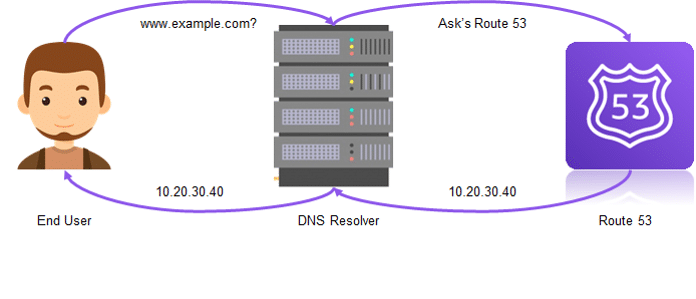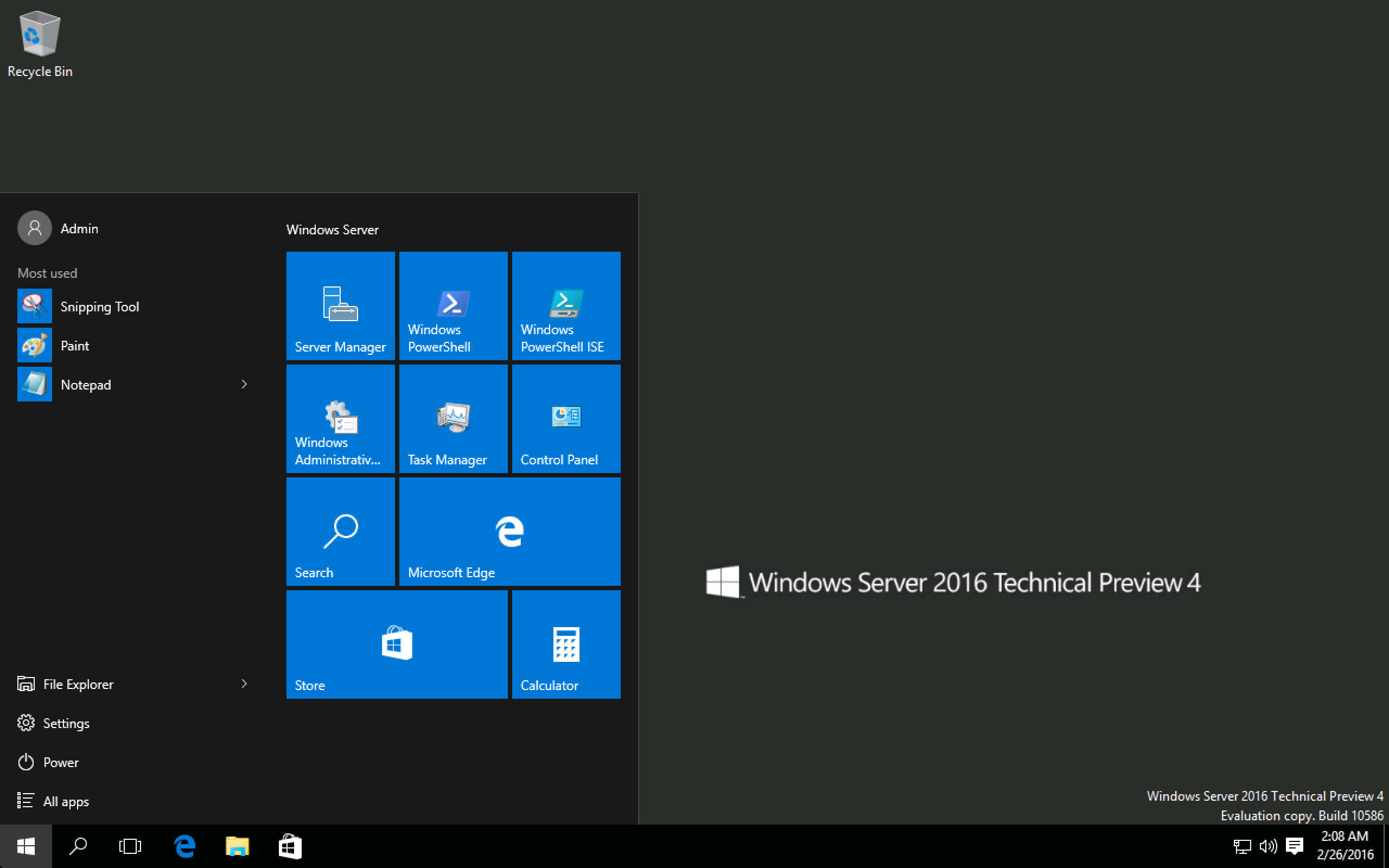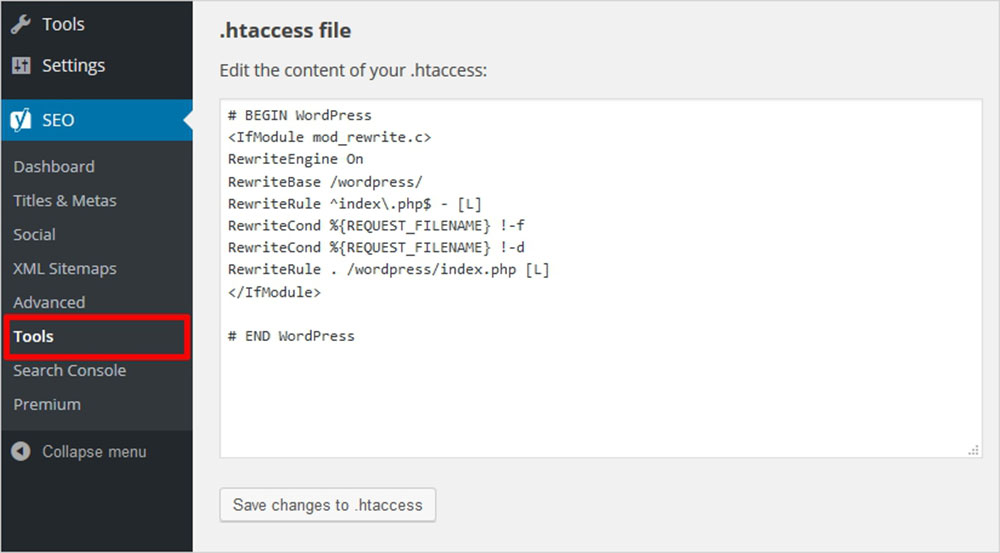
There are many aspects to consider when choosing web hosts, including uptime, security, storage, and bandwidth. No matter whether you're building WordPress sites or corporate websites, it's crucial to find a host that offers sufficient resources. You should look for a web host with high uptime. A good web host should also offer plenty of storage, bandwidth, and scalability. A web host should offer security features, such as malware detection or SSL encryption.
Shared hosting is the cheapest kind of shared hosting
This is the most basic form of hosting and also the most affordable. This type hosts multiple websites on a single server. Each site shares the same resources. The shared server has a limited amount of space and bandwidth. It has disadvantages as well, including being less secure than other forms.
This hosting option is great for small businesses or start-ups, as it's the cheapest. It does have some limitations. For example, the website loads slower, there is less storage and security, as well as a lackluster selection of features. Despite these limitations sharing hosting is the easiest and cheapest way for a website to be hosted. A majority of small businesses don't have enough money to buy a dedicated server. However, this can provide greater benefits.
Dedicated hosting is the most costly type of dedicated hosting
Dedicated hosting, also known by virtual or physical hosting, gives you complete control over your server. This hosting is typically more expensive than shared, but it offers better performance and flexibility. It usually costs $199 per months or more and offers a range of additional features. Dedicated hosting is best for large enterprises that have high-end requirements.

You have full root access to your server as well as the network it uses with dedicated hosting. You control what happens to your server as well as what software is installed. You can even install your own firewall and set custom permission rules. This means that you can protect your data exactly how it deserves. Shared hosting requires more technical expertise and takes longer to complete.
Uptime
Uptime is an important feature to look for when choosing a web host. Uptime indicates how long a server is up and available to users. It is usually represented as a percentage. The industry standard for uptime is 99.9%. Web hosts that are worth their salt need to have at least that much. For determining the dependability and quality of a webhost and the software that powers your website, uptime is a key factor.
When your site is vital, it can be even more critical to ensure that you have access to the internet. Even a minute downtime can cause serious damage to your business, especially if you have more than a million visitors monthly. You can take several steps to ensure high uptime, regardless of the website type. Find a reliable web host who offers a high level of uptime.
Security
You should ensure that security measures are checked when choosing a web hosting provider. Although most web hosts offer some security features, you can always inquire about more specific features. Make sure the web host backs up regularly and makes updates to its software. This will prevent data loss and security vulnerabilities. Also, a control panel that is easy to use should be offered by your web host. Hostinger uses hPanel's control panel. It is simple to use and has many features.
Web hosting security is an essential aspect. Without proper security, your site could be vulnerable to identity theft or other serious crimes.

Support
A web host's support level is a key factor in your decision. While some companies provide 24/7 technical support, others offer only 9am to 6pm PST. Although a knowledge base can help with common issues, phone support is more beneficial for more difficult problems. Many web hosts have decreased phone support, but a few premium service providers still offer it.
The infrastructure of a web host is also an important factor. You should ensure that the web host you choose has the right infrastructure to support your website. Also, consider whether your host offers a plan that allows the addition of resources without affecting your base plan.
FAQ
How to design a website?
The first step is to understand what you want your site to do for your customers. What do your customers want from you when they visit your website?
What kind of problems can they have if they cannot find what they want on your site?
This knowledge will help you to identify the problems and then solve them. It is also important to ensure your site looks great. It should be easy-to-use and navigate.
Your site should be very well-designed. It should not take too much time to load. If it takes too many seconds, people won’t be able stay as long. They'll go somewhere else instead.
If you're going to build an eCommerce site, you need to think about where all your products are located. Are they all located in the same location? Are they spread around your site?
Decide whether you plan to sell one product at a time or several products. Do you prefer to sell one type of product, or several types?
These questions will help you decide if you want to build your website.
Now, it's time to take care of the technical aspects. How will you site function? It will it work fast enough? Are people able to get it done quickly from their computers?
Will they be able buy anything without having pay an extra fee? Do they need to register with you before they can purchase anything?
These are crucial questions you should be asking yourself. When you have the answers, you can move on.
How do I choose the right domain name?
It is important that you choose a domain name that is memorable. If your domain name is not great, people won't be able to find you easily when they search the internet for your product.
Domain names should not be too long, difficult to remember, specific to your brand, or unique. Ideal domain names are something people would type into their browser.
Here are some tips for choosing a domain name:
* Use keywords that are related to your niche.
* Do not use hyphens (-), numbers or symbols.
* Don't use.net or.org domains.
* Avoid using words that are already taken.
* Avoid generic terms, such as "domain" or web site.
* Check it's always available.
What is a static website?
A static website is a site where all content are stored on a server, and visitors can access it via web browsers.
The term "static", refers to the absence or modification of images, video, animations, and so forth.
This site was originally designed for intranets. However, it has been adopted by small businesses and individuals who need simple websites with no custom programming.
Because static websites require less maintenance, they have grown in popularity. It's easier to update and maintain static sites than a website that has many components (such blogs).
They also tend to load faster than their dynamic counterparts. This makes them ideal for users on mobile devices or those with slow Internet connections.
Static websites are also more secure than dynamic ones. Static websites are much harder to hack than dynamic ones. Hackers have only access to data stored in a database.
There are two main ways to create a static website:
-
Use a Content Management System (CMS).
-
Create a static HTML web site
Which one is best for you depends on your needs. A CMS is a good choice if you are new to website creation.
Why? It gives you full control of your website. A CMS means that you don't have to hire someone to set up your website. All you need to do is upload files to the web server.
It is possible to still learn how code can be used to create static websites. But you'll need to invest some time learning how to program.
How much do web developers make?
When working on a website for yourself, you'll probably earn around $60-$80 per hour. But if you want to charge a lot more, you should consider becoming an independent contractor. You could potentially charge anywhere from $150-200 per hour.
How to Make a Static Site
There are two options available to you when building your first static website.
-
A Content Management System (also known as WordPress): WordPress is a Content Management System (a.k.a. This software can then be used to create an indispensable website.
-
A static HTML website is created by you. If you already know HTML, it is simple to do.
You might consider hiring an expert to design your website if you are planning to build a large site.
You should start with option 2.
Can I make my website using HTML and CSS?
Yes! Yes!
After you have learned how to structure a website, you will need to know HTML and CSS.
HTML stands for HyperText Markup Language. It is similar to writing a recipe. You'd list the ingredients, instructions, along with directions. HTML can also be used to inform a computer if certain parts of text should appear bold, underlined and italicized. It's the language that documents use.
CSS stands for Cascading Style Sheets. It's like a stylesheet for recipes. Instead of listing each ingredient or instruction, you will write down the general rules for font sizes and spacing.
HTML tells the browser how a page should look; CSS tells it what to do.
Don't panic if either of these terms are confusing to you. Follow the tutorials and you will soon be creating beautiful websites.
Where Can I Find Freelance Web Developers?
Many places have freelance web developers and designers. Here are some of our top choices:
Freelance Sites
These sites offer job postings for freelance professionals. Some sites require specific skills, while others may not care about the type of work that you do.
Elance is a great place to find graphic designers, programmers and translators.
oDesk also offers similar features, but focuses more on software development. They offer jobs in PHP, Perl, Java, C++, Python, JavaScript, Ruby, iOS, Android, and.NET developers.
Another great option is oWOW. Their website focuses on web and graphic designers. They also offer video editing services such as writing, programming SEO and social media management.
Forums online
Many forums allow members to post jobs and advertise themselves. DeviantArt is an example of a forum that's dedicated to web developers. You can search for "web developer" using the search bar to see a list threads in which people are seeking help with their websites.
Statistics
- Did you know videos can boost organic search traffic to your website by 157%? (wix.com)
- It's estimated that chatbots could reduce this by 30%. Gone are the days when chatbots were mere gimmicks – now, they're becoming ever more essential to customer-facing services. (websitebuilderexpert.com)
- When choosing your website color scheme, a general rule is to limit yourself to three shades: one primary color (60% of the mix), one secondary color (30%), and one accent color (10%). (wix.com)
- Is your web design optimized for mobile? Over 50% of internet users browse websites using a mobile device. (wix.com)
- At this point, it's important to note that just because a web trend is current, it doesn't mean it's necessarily right for you.48% of people cite design as the most important factor of a website, (websitebuilderexpert.com)
External Links
How To
How to become a web designer?
A website isn't just a collection HTML code. It's an interactive platform that allows you to communicate with users and deliver valuable content.
Websites are not just for information delivery; they can also be portals to your business. Customers should find the information they are looking for quickly and efficiently. It should also show them how to interact with you company.
The best websites enable visitors to find exactly what they want and then move on.
This goal will require you to master technical skills and aesthetics. You'll have to understand the basics of HTML5 coding and CSS3 styling and the latest developments in JavaScript and other programming languages.
A variety of tools are required, including InDesign, Photoshop, Illustrator and Fireworks. These tools enable designers to create website graphics and layouts. And finally, you'll need to develop your style guide, which includes everything from fonts to colors to layout.
To learn more about becoming a web designer, you can start by reading articles or taking online courses.
Although it might take you months or even years to finish your degree program you will be ready to join the workforce once you have earned it.
Remember to practice! Designing will improve your ability to build great websites.